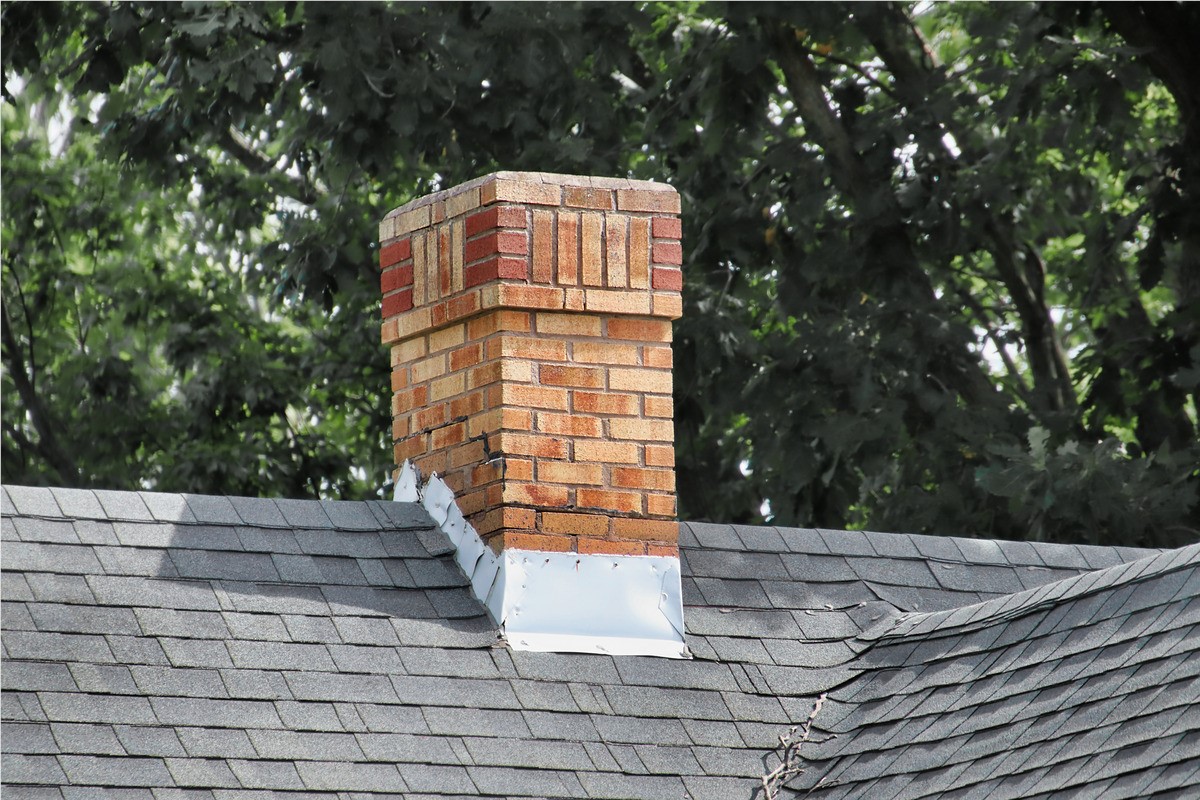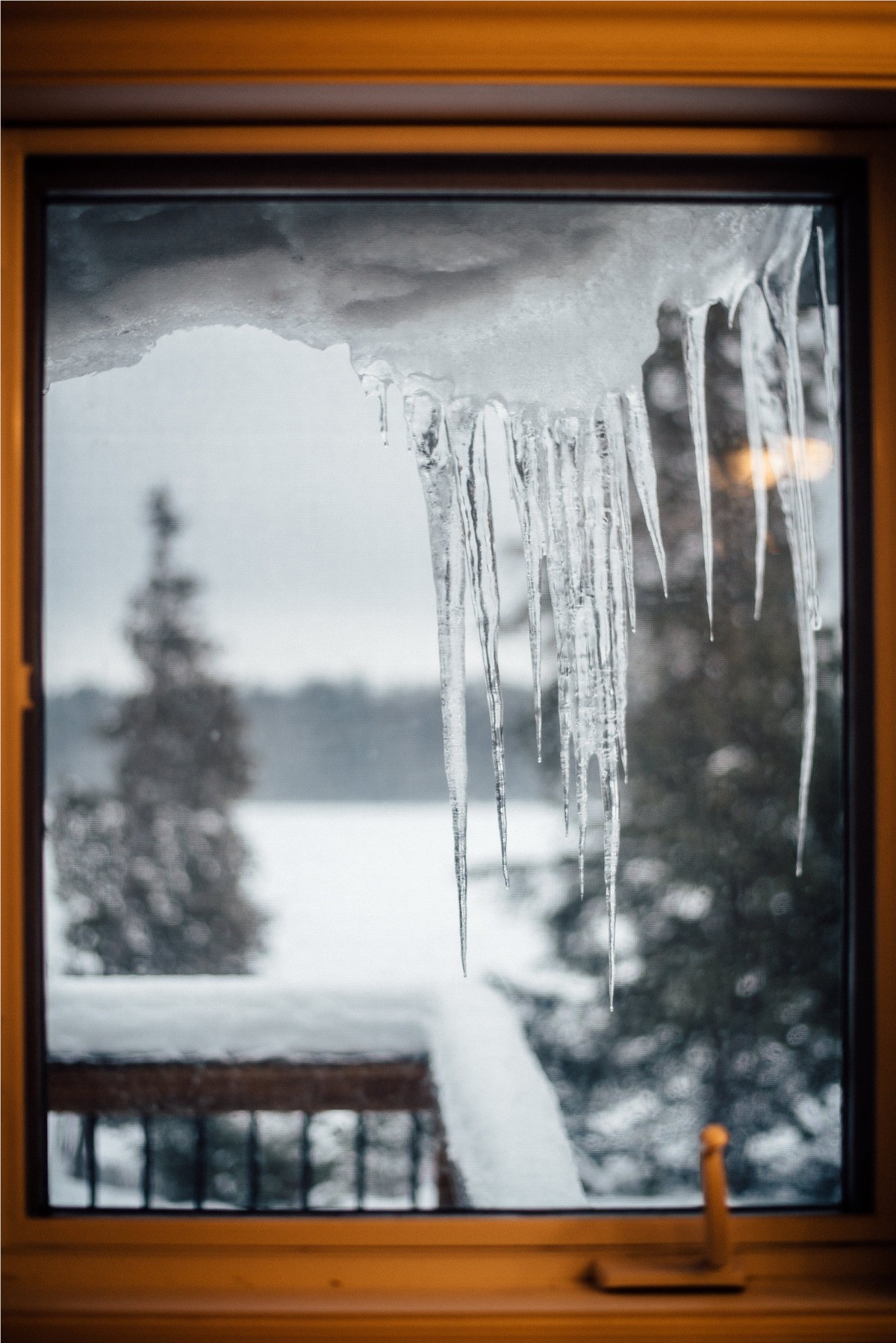
Year in and year out your chimney gets exposed to some of the most extreme weather conditions. It protrudes out of your roof and stands in the air to take on gusty winds, driving rain, sleet, and any other weather conditions that we encounter in Washington DC, NOVA, and Richmond.
Needless to say, it’s a lot of dynamic weather that can cause your chimney crown to start to crack and erode over time. In this blog, the team at Shanco will discuss what a chimney cap does, the purpose it serves, and why it’s so important to keep your home dry, safe, and expensive repair free!
What is a Chimney Crown?
Are there multiple parts to a chimney? Indeed, there is! The chimney crown is a piece of concrete or metal that rests on top of your chimney.
The chimney crown has one job. It protects your chimney by stopping moisture from entering the chimney structure and wicking it away from sensitive areas like bricks and mortar.
Moisture inside your chimney can form mold, and mildew, and compromise the structural integrity of your flue.
Water damage to bricks and mortar will cause a weakened chimney that could cause loose bricks for fall or weaken mortar joints leading to thousands of dollars in repairs.
What is a Chimney Crown Made of?
A chimney crown is either metal or concrete. If it’s concrete, it will be covered with a waterproof sealant to prevent water from entering and from the formation of small cracks. Metal will not require a waterproof sealant.
How are Chimney Crowns Different from Caps?
These are two different parts of your chimney. The crown rests on top of the stack. The cap attaches to the flue and protects water from entering the top of the chimney and stops animals from entering or building nests.
Do I Need a Chimney Crown?
A lack of a chimney crown will let moisture into your flue which can severely damage your chimney and potentially cause structural instability. Moreover, the mortar holding the chimney together can loosen bricks or stone and cause the outside of the chimney to become unstable as well. You need a crown for your chimney, or you are asking for mold, mildew, and structural problems.
Reasons Why Chimney Crowns Need Repairs
Due to the constant exposure to the elements, there is often a need for your crown to be repaired in some regard. This can come in a couple of different ways but what’s important is that homeowners have annual chimney inspections to ward off any large-scale chimney repairs.
Weather events may cause the crown to crack. Much like a small crack in the windshield, moisture can penetrate and during the freeze-thaw cycle can cause the ice to expand that crack which will open your chimney to leakage.
There are two avenues for chimney service when the crown needs repair; re-seal or repair.
Re-sealing the crown means that there may be some hairline cracks but nothing serious. It also means that your annual inspections have caught those cracks before they develop into something more serious.
Repairing your crown can go one of two ways. If cracks have developed but the crown is largely intact, homeowners may be able to patch the cracks and reseal the crown. If the crown has undergone severe damage, it will need to be rebuilt and sealed.
How Do I Maintain my Chimney Crown?
Maintenance is easy. You just need regular inspections to be ahead of any wear and tear. Scheduling a chimney inspection will save you money in the long term to prevent large-scale chimney wear and structure issues.
Leaving a chimney leak unchecked can create large problems with your roof. It’s important to have regular inspections. If your chimney has mortar issues, or cap or crown problems, Shanco has you covered! Schedule an annual roof inspection and let our team know that you would like us to look at your chimney.
Tags
Subscribe to Shanco's Blog





Comments